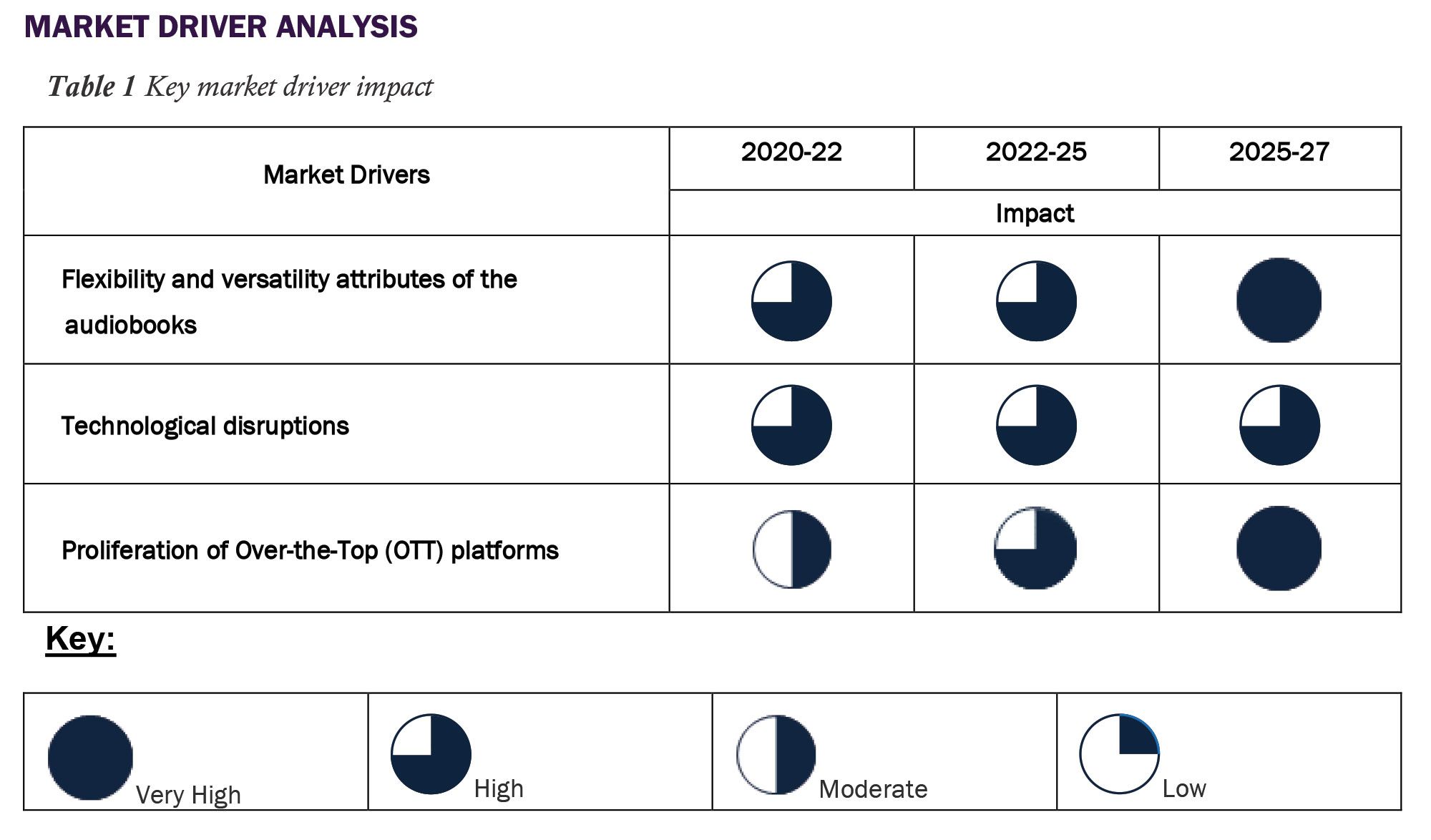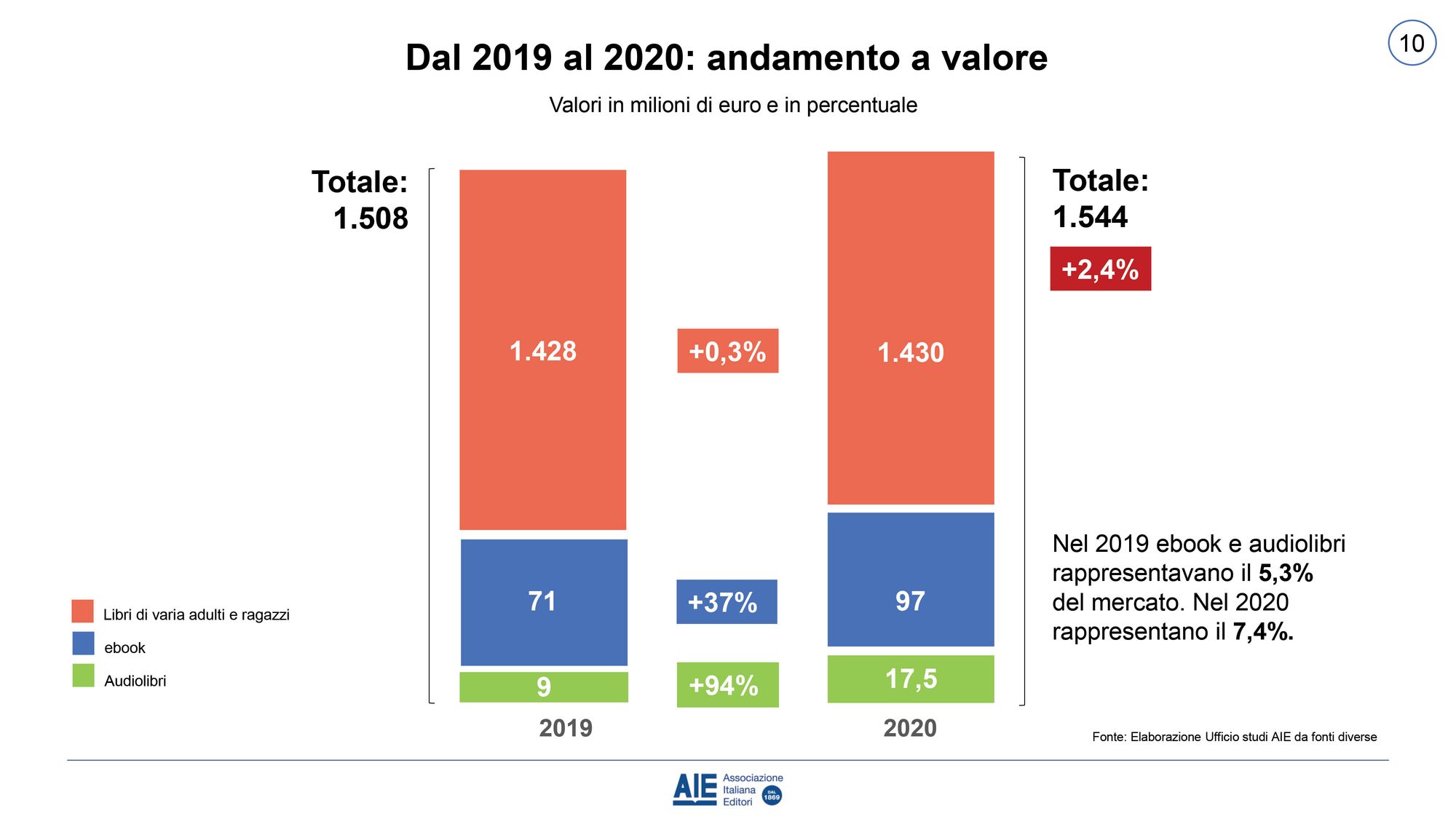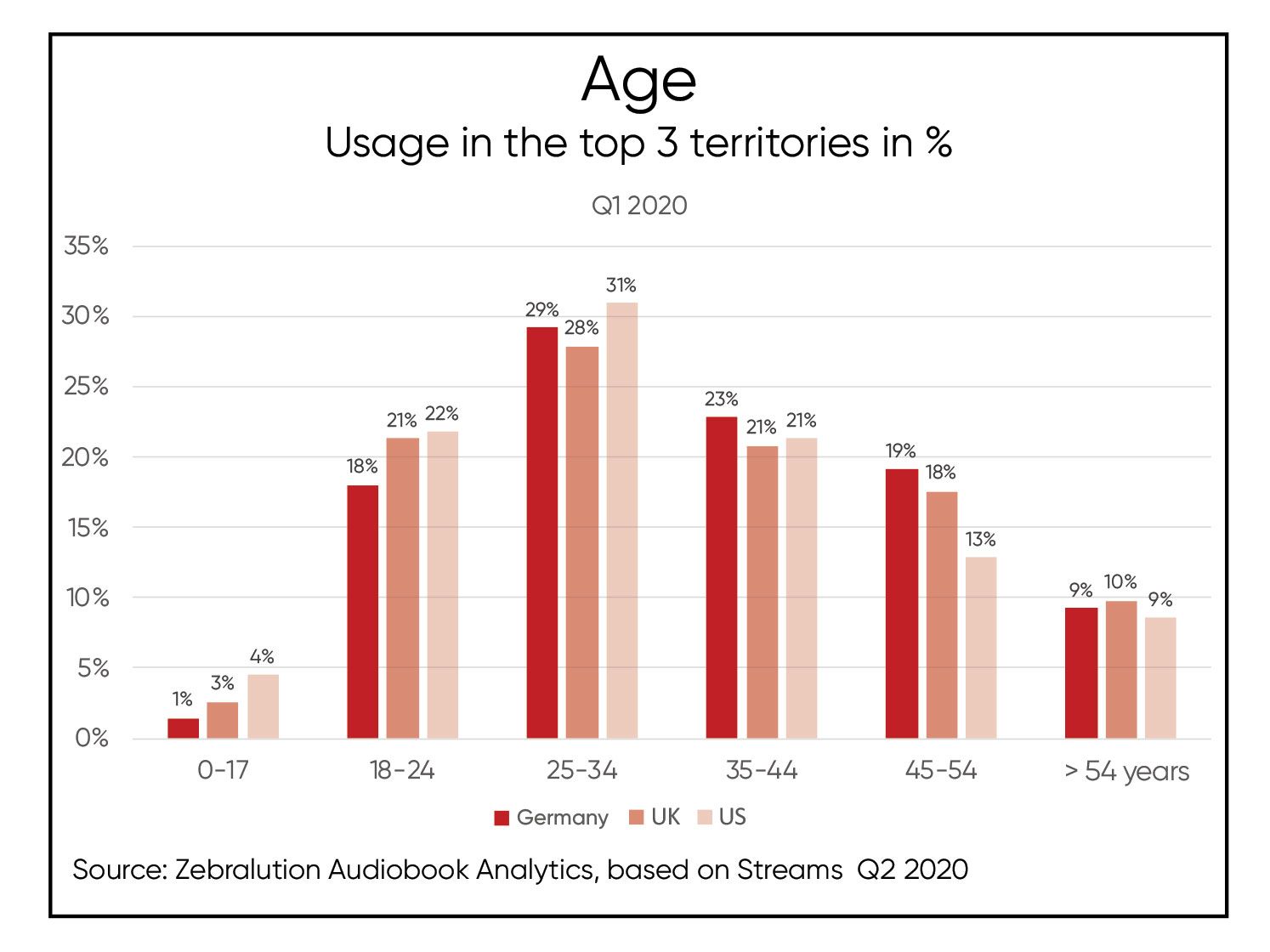Many have defined editorial 2020 as the year of audio. In the year of the pandemic, audiobooks, which have long been considered a niche product, were the favorite confinement companions for millions of people around the world and today seem to have become the rising star of the publishing market. Yet, for about five years, the 'books to listen' have been growing steadily on a global scale.
The arrival of Covid-19 boosted some processes that were already in place, such as the creation of new habits for content consumption, increasingly multiform catalogs, the growth of digital service distributors, progress in technology and it’s spread throughout the population.

Therefore, data and trends indicate a clear direction: investing today in the production of audio publishing products could be a good idea, both for publishers and independent authors. So here are four good reasons to start, or continue, investing in the audio sector:
1 - A market with large growth margins
Even before the pandemic, the consumption of audiobooks recorded positive numbers. At the moment, we don't know whether or not consumer appreciation has peaked in recent months. However, we do know that the trends already in place, which we mentioned before, will continue to play a significant role in this editorial format. But numbers are real: the US market - today the largest ever - is worth 1.5 billion dollars. In 2019, 50% of the population over 12 years old said they had listened to at least one audiobook, yet, to date, audio accounts for less than 10% of the total editorial turnover. The potential for growth is therefore enormous and is even greater if we look at countries like Italy. For our country, the data from IEA (Italian Publishers Association), on the performance of the publishing market in 2020, speaks of an audiobook growth of 94% compared to the previous year and a turnover of 17.5 million euros. In September 2020, a report by Buchmesse, quantified the entire European market to 500 million euros. How can we explain these numbers? In recent years many publishers have expanded their catalog of audiobooks. Yet, the number of titles available in audio format is far from the figures of paper and digital publications, despite the growing demand from consumers.

2 - The ability to reach a new audience
Today, Publishers and Authors have a new pool of consumers at their disposal. The number of hybrid readers is increasing, and they employ all kinds of media for the usage of editorial content and the number of pure listeners is also increasing. According to the latest survey relating to 2019 and presented by the APA (Audio Publisher Association), 55% of all audiobook listeners are under 45. The figure was also confirmed during the last Frankfurt Book Fair: the generation that most seem to appreciate and prefer the consumption of audio content is Gen Z, represented between the mid-90s and 2010. So a young audience, accustomed to the smartphone - the favorite device for listening to editorial content in audio format, and digital content in general - and particularly sensitive to the charm of the subscription model (we'll talk more about this shortly). In general, the voice is gaining more centrality in our lives at levels that go far beyond the perimeter of editorial content. More than 80% of smartphone owners use voice notes daily, and the percentage of people who use digital voice assistants for listening to audiobooks is also growing. The recent boom in audiobooks is not taking space away from other formats; in fact, it seems to have brought non-readers, or casual readers, closer to the world of publishing products!

3 - Audiobook and subscription model
Audiobooks definitely aren't the novelty of the eleventh hour. The initial problems of accessibility and convenience of titles in audio format have been overcome with the digitization of media and the ability to listen to them anywhere, thanks to smartphones. About 10 years ago, if sales of digital audiobooks exceeded those of physical audiobooks, the subscription model would have the upper hand over sales à la carte in the wake of the success of other similar forms of subscription among consumers. Not to mention the recent introduction of audiobooks by platforms such as Spotify, originally intended for Music and podcasts; Spotify has recently made a small collection of exclusive recordings of titles available on its channel.
The consumption of audio publishing products as the result of the payment of a monthly subscription fee is increasingly appreciated by readers and is also affecting an audience that until recently were not considered as such! Through a recent study published on TNPS and dedicated to the subscription model in publishing, Mark Williams reminds us that: today consumers want to have the opportunity to access content when they want, where they want, and at a fair price. And the platforms that offer a monthly subscription respond to these new demands.
4 - A new editorial marketing tool
Many publishers are digging into their backlists in search of titles already published in paper or ebook format that can be released as audiobooks. The reason? The publication of audiobooks has a positive impact on the life cycle of titles. Today the average life of a paper book on the market is just 90 days. After this date, 70% of the titles are no longer considered a novelty and end up being relegated to the so-called back catalog. The audio publication of a volume or ebook previously published gives the title a second chance. If we combine the re-edition in audio format and the characteristics of the subscription model, the life expectancy increases exponentially and publishers and authors have the precious opportunity to retain new readers with access to bigger catalogs.
If we add the advantages of digital to the features of the subscription model, the life expectancy and the profitability of the editorial work increases exponentially. The ability to freely access additional content for a monthly payment eliminates the possible clutch of a new purchase for the consumer. This is a huge opportunity for independent publishers and authors! Finally, audiobooks are valuable allies in direct-to-consumer marketing strategies. Have you ever thought about developing a paper edition with a coupon code, to listen to an excerpt of the title for free? Or maybe to request the subscription to a newsletter in exchange for downloading an audio chapter? This way, audiobooks become an incentive to increase multi-format sales and expand the number of returning readers.
Do you know that StreetLib is the only multi-channel distribution platform for audiobooks in Italy? By choosing StreetLib you have the opportunity to bring your audio products to online libraries, digital libraries, and subscription applications including Audible, Storytel, the Narrator Store, Google Play Books, BookBeat, and many more

